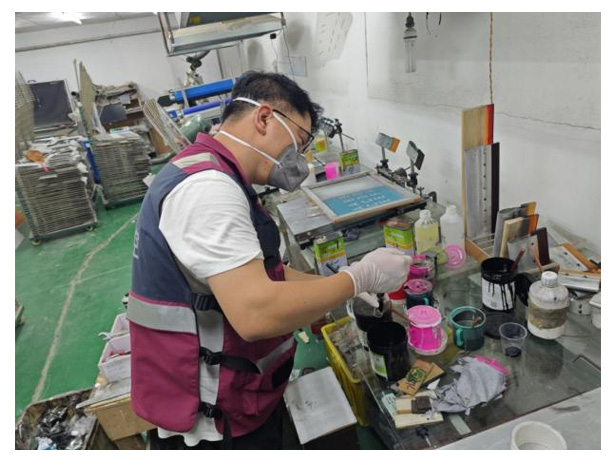Blog - Aure Chemical
Solvent Toxicity: An In-Depth Analysis of Its Hazards and Protection Measures
Solvents are ubiquitous in modern industry, existing in colorless, odorless, or specially scented forms. Though they may seem ordinary, they pose potential threats to human health. When solvents come into contact with or are absorbed by the human body, their toxicity becomes evident, causing mild anesthetic irritation or severe damage to physiological functions. This article will delve into the nature of solvent toxicity, provide a detailed analysis of the differences between acute and chronic poisoning, examine the critical role of volatility in toxicity, and specifically address the complex hazards solvents pose to the skin. By understanding the underlying mechanisms of these hazards, we can more effectively implement technical and managerial measures to ensure safety and mitigate risks.
Solvent Toxicity and Types of Poisoning
Solvent toxicity manifests as local anesthetic stimulation or impaired bodily functions when solvents come into contact with or are absorbed by the human body. All volatile substances are toxic when their vapors come into prolonged, high-concentration contact with the human body. As the severity of poisoning increases and persistent effects occur, acute and chronic poisoning can result. Acute poisoning occurs under conditions of high concentration and short-term exposure, and manifests as systemic poisoning symptoms. Chronic poisoning can also occur under the same conditions, but it typically results from prolonged exposure to lower concentrations. Once the toxicity enters the body, it leads to cumulative poisoning. While acute poisoning can be life-threatening, it generally poses a smaller risk and is easier to recover from than chronic poisoning. Additionally, the symptoms of acute poisoning are more pronounced, urgent, and easier to identify. Whether acute or chronic, poisoning is detrimental to human health.
The Influence of Volatility on Toxicity
One of the most important factors influencing toxicity is the volatility of the solvent. At room temperature, the concentration of volatile solvents in the air is much higher than that of low-volatility solvents. Therefore, the likelihood of reaching a lethal concentration primarily occurs with low-boiling-point solvents. High-boiling-point solvents have low volatility and are relatively safe; however, ingestion or absorption through the skin can still lead to poisoning.
Toxic Effects on the Skin:
The toxic effects of solvents on the skin are complex, and the underlying mechanisms are not yet fully understood. Most cases manifest as symptoms ranging from sensory dullness to allergic reactions. The toxic effects of solvents on the skin are generally classified into the following four categories:
Removal of the skin's surface fat layer, making the skin susceptible to bacterial infection.
Removal of keratin (a hard protein) from the skin's surface can easily cause acute and chronic dermatitis.
Solvents absorbed through the skin into the body can cause toxic effects.
Allergic reactions associated with general skin conditions.
Of the above four effects, the first is the most common, as many solvents easily dissolve animal fats. Therefore, when using solvents, it is advisable to apply an appropriate protective ointment to the skin surface to prevent solvent erosion. Volatile solvents are generally identified by their distinctive odor, irritation to the eyes, nose, and throat, and symptoms such as headaches, vomiting, and dizziness.
Technical Management and Prevention Measures
People tend to take precautions against liquid solvents or solvents with high vapor concentrations, but often overlook those with low vapor concentrations. To prevent industrial solvents from causing harm to health, the following technical management measures should be observed:
During operation, the vapor concentration of solvents should be maintained below safe limits;
Even during brief or intermittent operations, contact with high-concentration solvents should be avoided;
Avoid direct skin contact with solvents.

Equipment used with solvents should preferably be fully enclosed. Small-scale facilities using solvents should also ensure adequate ventilation, and ventilation systems are necessary for flammable solvents.

